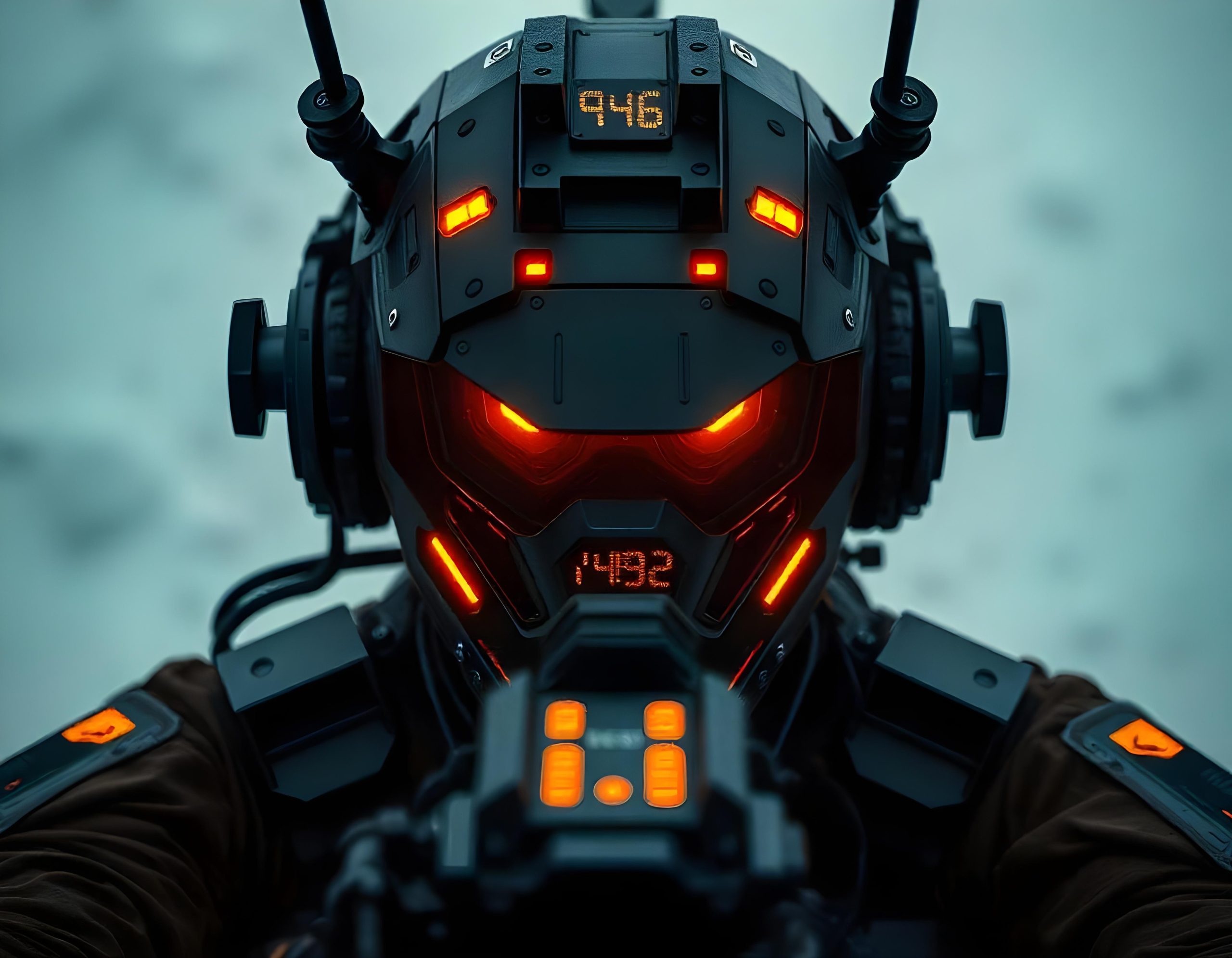Kyiv, August 21, 2024 – The ongoing conflict in Ukraine has seen a dramatic transformation in the nature of warfare, driven by the rapid deployment of AI and autonomous systems. These technologies have not only provided Ukraine with a significant tactical edge but have also reshaped the battlefield in unprecedented ways, highlighting the growing importance of AI in modern military strategy.
One of the most significant advancements has been the integration of AI into Unmanned Aerial Vehicles (UAVs) and drones. These AI-driven systems have revolutionized reconnaissance, surveillance, and strike capabilities. The ability of UAVs (https://www.nps.edu/web/slamr/unmanned-aerial-vehicles) to autonomously navigate complex environments, identify targets, and execute precision strikes has made them indispensable in Ukraine’s military operations. Equipped with advanced sensors and AI algorithms, these drones can gather real-time data, process it, and make split-second decisions, greatly enhancing the effectiveness of Ukrainian forces on the ground.
Swarm drones have taken this capability even further. By deploying multiple drones in coordinated formations, Ukraine has been able to overwhelm enemy defenses and create significant disruption behind enemy lines. These swarm drones (https://www.securityconference.de/en/publications/detail/ukraines-military-drone-strategy/) are controlled by AI, which allows them to perform complex maneuvers, such as saturating a specific area with small, agile units that can evade radar and anti-aircraft systems. The use of swarm drones has proven particularly effective in striking Russian supply convoys, artillery positions, and communication hubs, crippling the enemy’s ability to coordinate and sustain operations.
In addition to UAVs and swarm drones, Ukraine has also deployed Unmanned Ground Vehicles (UGVs) (https://www.army.mil/article/245500/ground_robots_provide_benefits_challenges_for_the_army) and autonomous robotic systems on the battlefield. These ground-based robots are used for tasks ranging from reconnaissance and mine clearance to direct combat support. UGVs equipped with AI and computer vision (https://www.geeksforgeeks.org/what-is-computer-vision/) technology can identify and neutralize threats with minimal human intervention, reducing the risk to soldiers and enhancing the efficiency of operations in urban and rural environments alike.
The effectiveness of these AI-driven systems is further amplified by advanced command and control networks that integrate data from various sources, including satellites, drones, and ground sensors. These AI-driven command systems (https://www.ibm.com/cloud/learn/what-is-artificial-intelligence) enable Ukrainian commanders to gain a comprehensive view of the battlefield in real-time, allowing them to make informed decisions and adjust tactics quickly. This level of situational awareness has been critical in responding to the fluid and unpredictable nature of the conflict.
AI’s role in logistics and supply chain management has also been a game-changer for Ukraine. AI systems can optimize the distribution of resources, predict equipment failures, and ensure that troops are resupplied efficiently. This logistical precision has been essential in sustaining Ukraine’s counteroffensives, ensuring that front-line units have the support they need to maintain pressure on Russian forces.
As AI continues to evolve, its applications on the battlefield are expected to expand. Future developments could include more sophisticated autonomous systems capable of conducting complex operations with minimal human oversight, enhanced AI algorithms that improve decision-making processes, and the integration of AI with emerging technologies such as quantum computing and advanced robotics.
The implications of AI-driven warfare extend beyond the immediate conflict in Ukraine. The success of these technologies on the battlefield is likely to influence military strategies worldwide, prompting other nations to invest in AI research and development. The conflict has underscored the importance of technological superiority in modern warfare, where the ability to process and act on information quickly can determine the outcome of engagements.
In this rapidly evolving landscape, organizations like the American Acorn Foundation are playing a crucial role by supporting the development and deployment of these cutting-edge technologies. Their efforts ensure that Ukraine remains at the forefront of AI-driven warfare, providing the resources and expertise needed to maintain its strategic advantage in the conflict.
The ongoing conflict in Ukraine serves as a stark reminder that warfare is entering a new era—one where AI and autonomous systems are not just tools but key elements of military strategy. As these technologies continue to shape the battlefield, Ukraine’s innovative use of AI-driven systems will likely serve as a model for future conflicts, demonstrating the transformative power of technology in warfare.

Leave a Reply